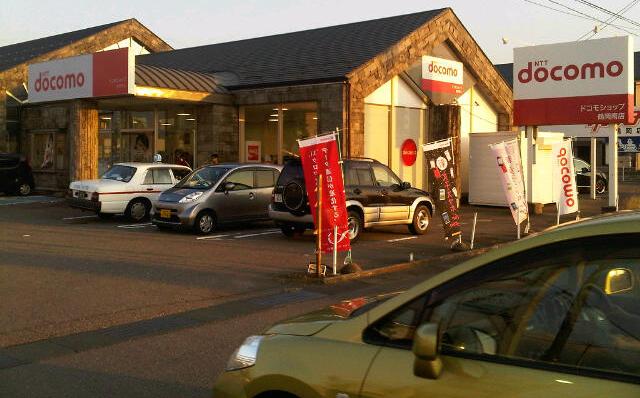NTT DOCOMO in partnership with Metawave, demonstrated 5G mobile using 28GHz-band 5G, and the world’s first meta-structure reflect-array technology.
 The world’s first demonstration in Koto-ku, Tokyo on November 29, 2018 achieved speed of 560 Mbps with Metawave’s meta-structures reflect-array in place, compared to 60 Mbps with no reflector.
The world’s first demonstration in Koto-ku, Tokyo on November 29, 2018 achieved speed of 560 Mbps with Metawave’s meta-structures reflect-array in place, compared to 60 Mbps with no reflector.
Meta-structures are an artificial medium with optical characteristics developed by arranging structures that are small with respect to wavelength in the form of an array. The meta-structures reflector developed by Metawave uses small structures, compared to the free-space wavelength, that are arranged across the array to have different shapes based on their position within the array. It can be installed on walls of buildings to directly reflect waves in specific directions.
DOCOMO designed the 5G demonstration trial sites, considering the selection of installation location, beam control direction, etc. It is difficult to expand the coverage area outside the line-of-sight of the base station antenna in the high-frequency bands used for 5G. Hence, the industry will utilize the reflection of radio waves as a solution.
A metallic reflector reflects radio waves. However, this solution requires installation of a metal plate based on the direction of the incident angle of radio waves to control the angle of the reflected wave, which is difficult to install in cities, and is limited to specific usage in the suburbs.
NTT DOCOMO engineers installed a meta-structure-based reflect-array at the 5G trial site and tested for covering a 5G area at the foot of a building which had a 5G base station radio a vehicle equipped with a 5G mobile station.
The use of meta-structures reflector assisted NTT DOCOMO to achieve an improvement of 500 Mbps for the vehicle equipped with the 5G mobile station. DOCOMO will research and develop area building technologies using meta-structures in an effort to establish an efficient and flexible area construction method for the 5G area.





